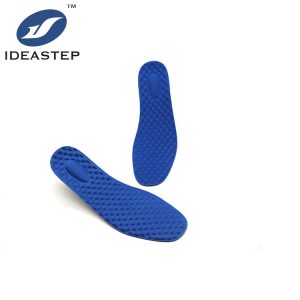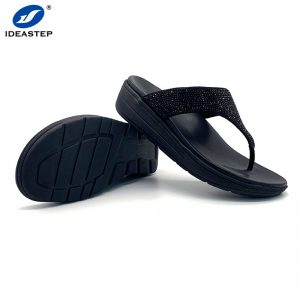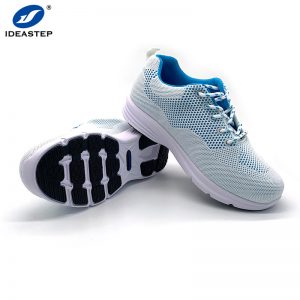Walking is the best medicine for mankind. This is the way of health preservation of Hippocrates, the father of western medicine. According to modern medical research, walking can lower the three heights, reduce the occurrence of cardiovascular diseases, and increase bone density. However, to walk steadily and run safely, it is very important to choose a good pair of shoes.
How to choose suitable, comfortable, and safe shoes so that you can take steps with peace of mind? It is recommended to master the following seven principles for choosing good shoes.
1. Timing and context of the use
Every pair of shoes has a suitable time and situation. For running, you can choose marathon shoes and jogging shoes. People who walk should choose walking shoes, and those who engage in ball sports should wear corresponding shoes, such as basketball shoes, football shoes, Tennis shoes, etc. At the same time, it is necessary to consider the shoe environment, such as PU running track, indoor floor, natural mountains, and other factors, to find suitable and long-wearable shoes.

2. Foot size will change
The size and shape of the feet will change. The arch of the foot will collapse due to aging, causing the foot to become longer and wider, the heel becomes thinner, and the skin on the foot becomes dry and cracked. So when choosing shoes, you must re-measure the size of your feet and try them on (shoelaces should also be tied), and walk for five to ten minutes to confirm the comfort and stability of these shoes.
3. the smart amount of shoe size
There are skills in measuring the fit of the shoe. First, take out the insole. After sitting upright, align your heel with the rear edge of the insole and step on the insole. The longest toe and the front edge of the insole have a finger width, which is the most suitable size. In the evening, the feet are usually more swollen. It is recommended to choose shoes at this moment. When trying on, use the larger feet as the selection criterion.
4. shoelaces or hook and loop fasteners are the main ones
The protective function of the shoes must be able to be truly exerted, that is, they must be worn firmly on the feet. It is recommended to choose shoes with laces or hook and loop fasteners as the main choice so that they can respond to the changes of the feet over time and different postures. Cooperate with adjustments.
![]()
![]()

5. the toe must have width and warpage
Orientals generally have wider forefoot. When choosing shoes, you can choose shoes with a wider toe and sufficient forefoot space. In addition, when choosing shoes, you can choose the tip of the toe to be slightly tilted, which can reduce the excessive friction of the sole during walking and increase the shock absorption function, reducing the risk of falling.
6. the shoe body structure is relatively strong
When choosing shoes, it is best to choose a shoe with a firmer and more stable body structure. The inner side of the shoe should have a whole piece of hard material, the shoe body is not easy to twist and the heel is firm. When walking in this way, the shoes can provide sufficient coverage and stability, and can also improve safety and avoid the occurrence of ” Sprain and contusion.
7. insoles affect walking comfort
Insoles are a key element to improve walking comfort and can be divided into non-medical, medical, and hand-made customized. Common insoles are “non-medical” in bulk, which can be measured and cut to a suitable size by the user before they can be used in the shoe. However, this type of insole cannot adjust the fit of the sole, and the comfort varies from person to person. Both medical insoles and hand-made insoles need to be evaluated and adjusted by professionals before they can be worn. Most of them need to be configured in medical institutions or medical equipment shops. These two insoles can be adjusted and have better comfort and fit. , But the production time is long and the price is higher.

|
How to Choose the Right Shoes |
| 1. Size: Take out the insole and align your heel with the rear edge of the insole. The front edge of the insole needs to be about one finger wider than the longest toe |
| 2. Shoelaces: It’s better to tie your shoelaces. For those who are inconvenient to tie shoelaces, you can choose the hook and loop type. Three buckles are better than two buckles. |
| 3. Shoe body: The shoe body must be supportive and cannot be twisted or twisted. It is best to have a whole piece of harder material on the inside, not just a mesh bottom. |
| 4. Shoe cup: The heel of the shoe must be firm and not squashed. |
| 5. Shoe last: The width is divided into B\D\2E\3E\4E. It is better to have the toes move freely in the shoe space. The average person is about D or 2E, with broad feet, flat feet, and hallux valgus about 3E to 4E. |
| 6. Toecap: Choose the slightly tilted front end to reduce excessive friction on the sole and increase the shock absorption function during walking. |
